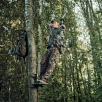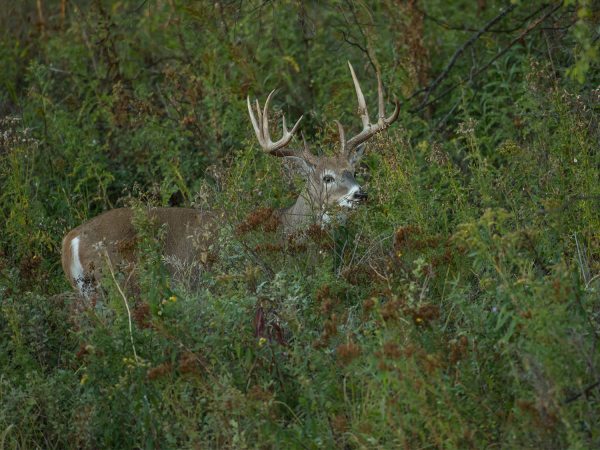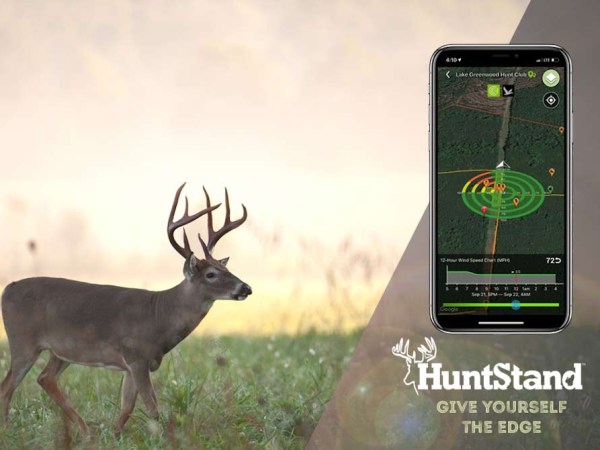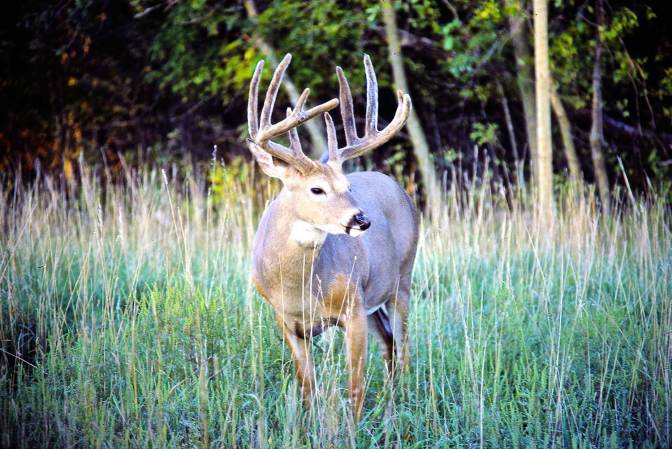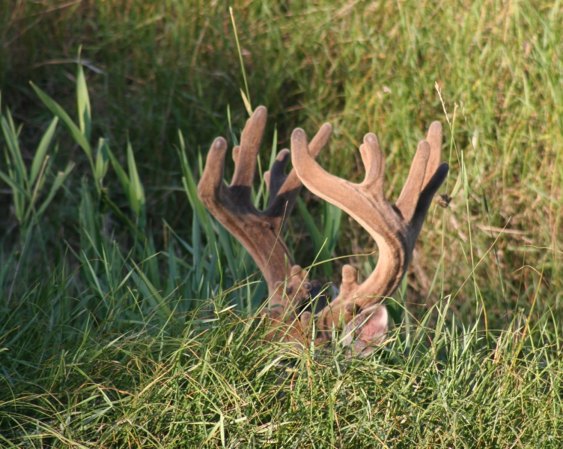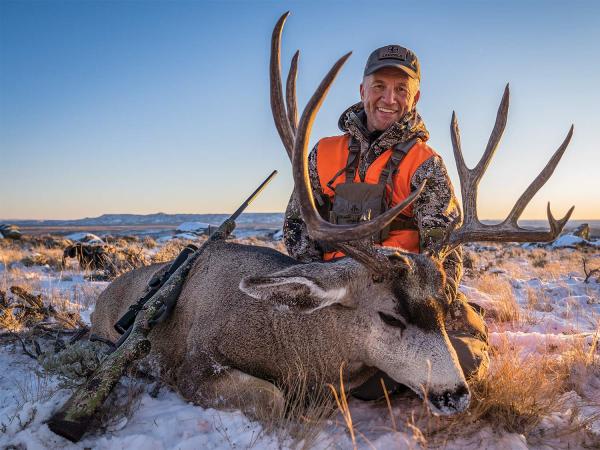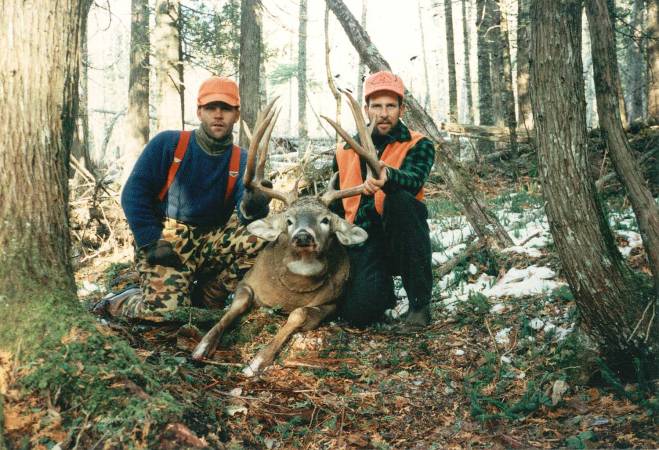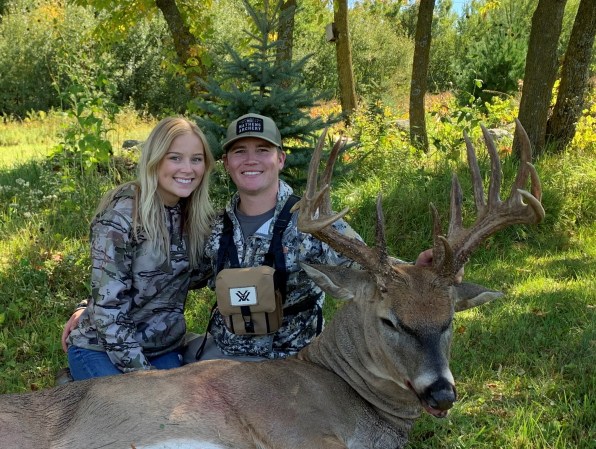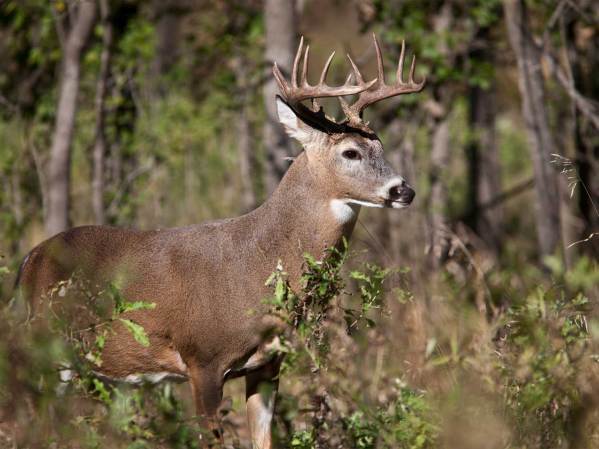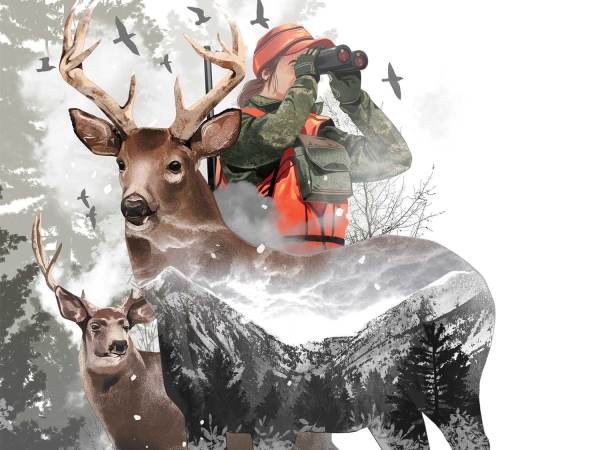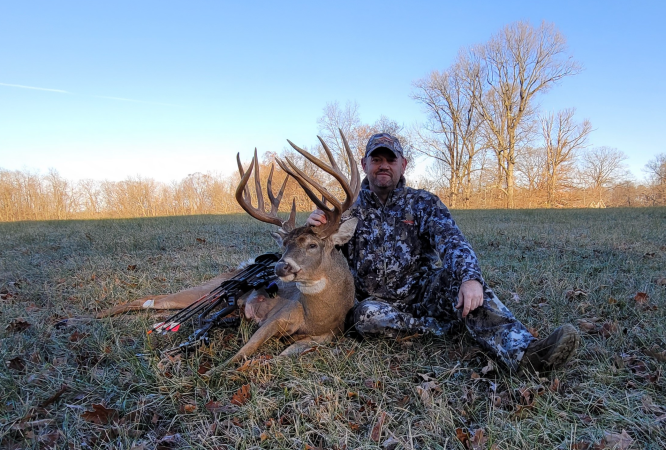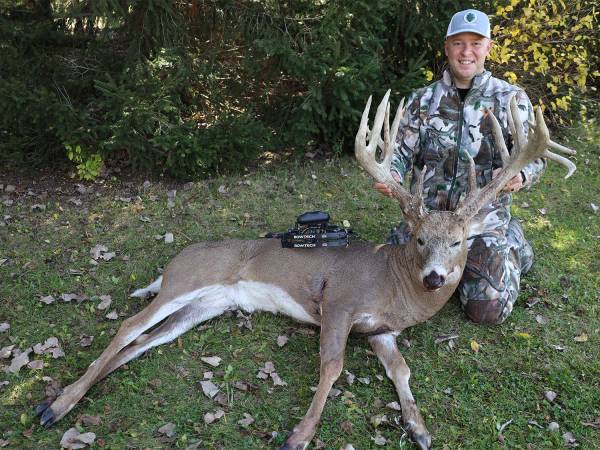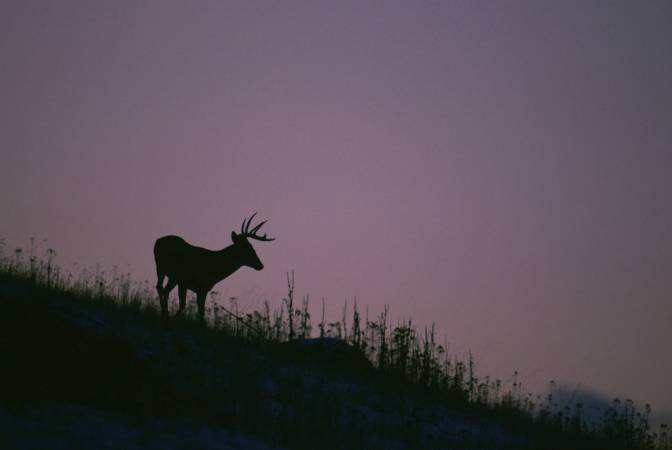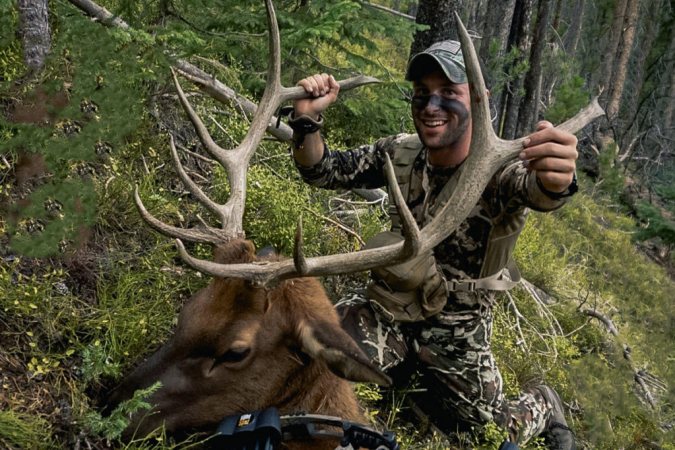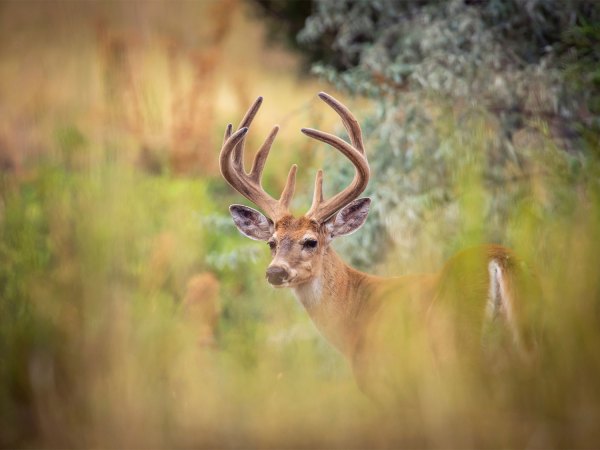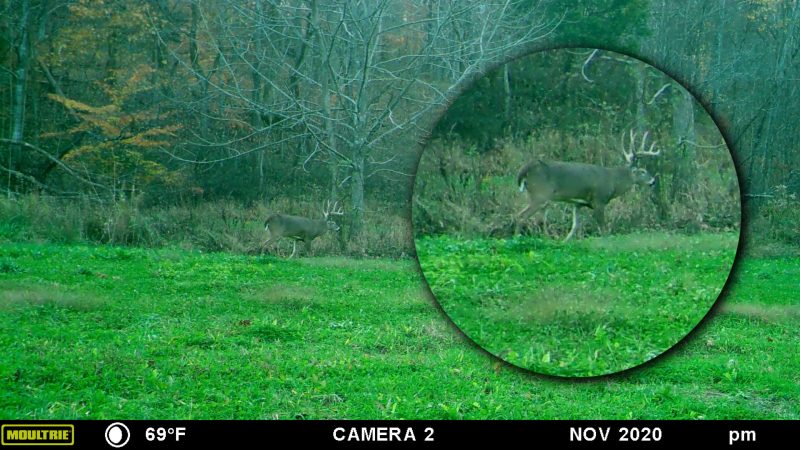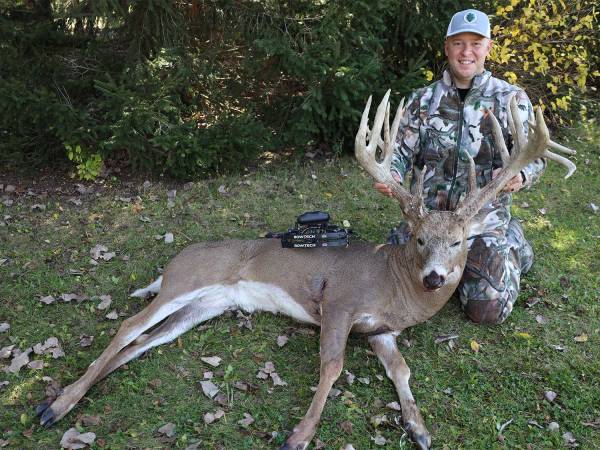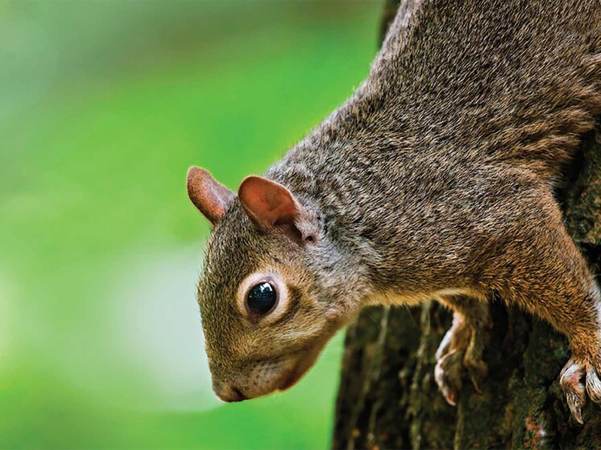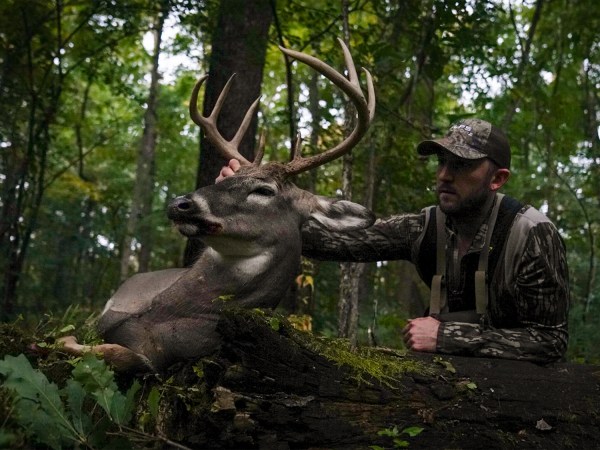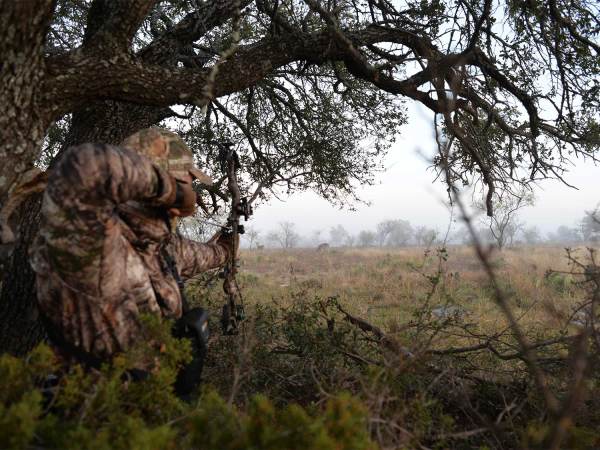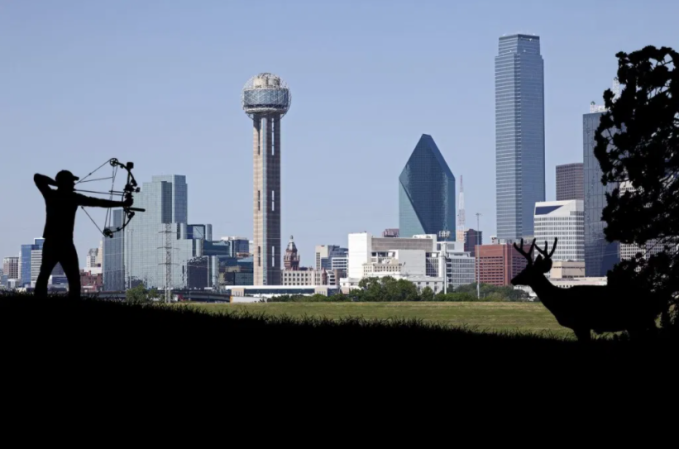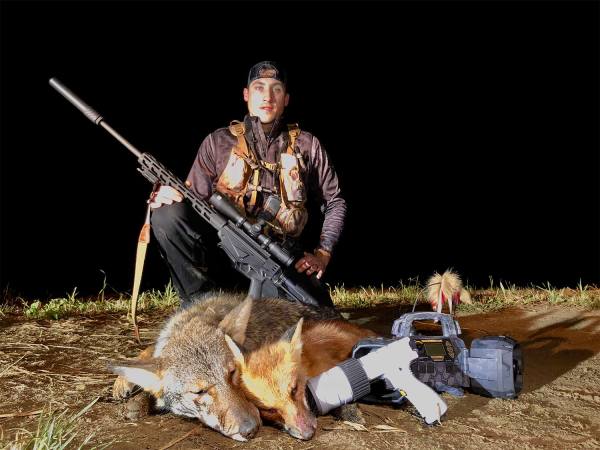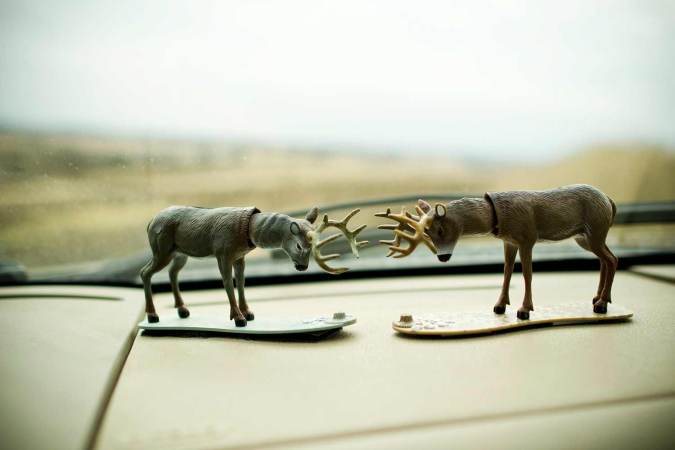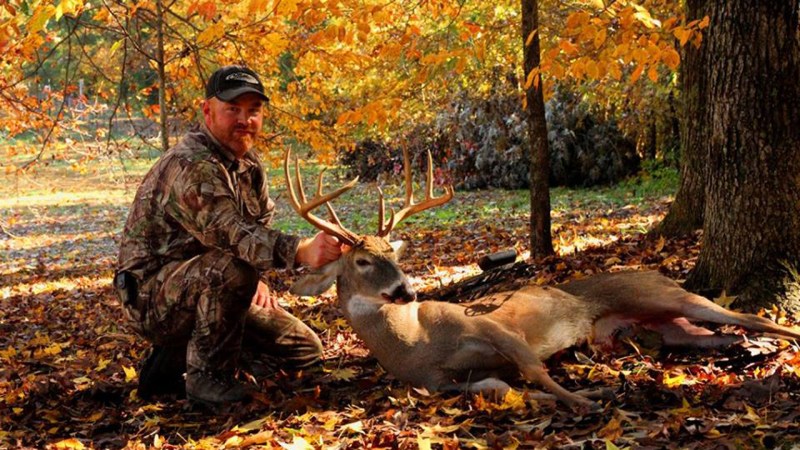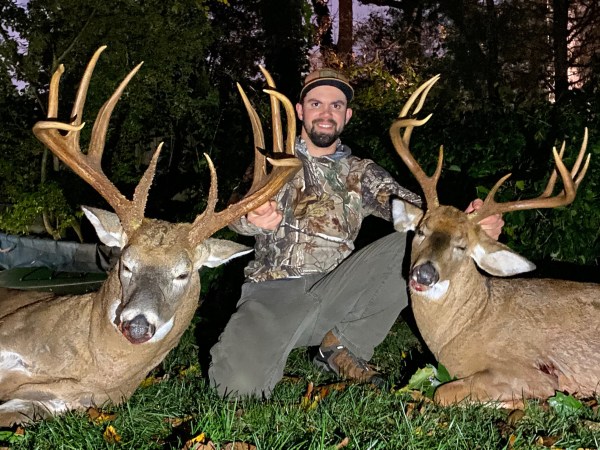I’ve never played poker. But I certainly have uttered that famous phrase: I’m all in.
That is, in a nutshell, the summation of my deer hunting season strategy. No wavering. No second-guessing. No do-overs. There’s simply no time for it.
Let me set the stage here and see if my situation doesn’t sound just a bit familiar to you. I’m not wealthy. I have to work all week and sometimes that work spills over into the weekend. Of course, that’s the work I’m paid to do and doesn’t account for the “other” work, the kind that keeps the house from falling down, the vehicles from crapping out, and the yard from going feral.
There are family events, church events, community events…all of which have a way of whittling away at that most precious of commodities: Time.
When I pull out a calendar and mark off the days I should have available to spend chasing whitetails in October and November, I come to a sobering conclusion—there’s not nearly as much time as I’d like. I’m relegated to weekend outings, perhaps a couple of long weekends and one (maybe two) week-long vacations. If the weather’s right, I can make some hay. Lose a day or two, however, and things get dicey quick.
Sometimes I can steal a day or two and hunt prime weather conditions. Often, though, there is no such cushion. I’ve put in for my vacation time, made my plans and when those dates on the calendar show up, I’m going hunting.
This is the reality. We hunt when we can hunt. It’s that simple, that defined. No excuses.
Now, here’s the thing. I’ve accepted all of this. I know I won’t have the time I’d like to have. I know I can’t afford to waste a single day. And I still expect to tag a good buck, or two…or three.
I live in southern Michigan, where I’m fortunate to have a pretty good population of whitetails to chase close to home. That said, I’m at a stage in my hunting career where I prefer to chase fully mature bucks and to do so in a place where those bucks act like bucks should act. This means focusing on areas with limited hunting pressure and less human population. After a couple decades of exploring deer ground all across the country, I have some favorites. Those are the places where I spend my precious vacation days. Those are the hunts that are months in the making.
Over those years, I’ve learned a thing or two about deer behavior, found some cool places to hunt and, most importantly, developed a system to maximize the time I have. So, let’s chat a bit about the process I use and, perhaps, there are some tips here that can help you squeeze a bit more out of your hunting time.
Scout Fast
Everyone has the right to change their mind. I’ve changed mine a lot. When it comes to scouting, everything I used to think I knew has changed. Maybe it wasn’t wrong exactly, but it most certainly didn’t fit into the model of limited time to hunt on all-in outings.
An example. This fall I’ll spend two 3-day weekends hunting Ohio. It’s about a 5-hour drive from my house which is about the maximum I can pull off on a weekend outing and have enough time left to scout and hunt.
Previously, I’d try to hunt from the “outside-in,” using observation stands to figure out what deer were doing before diving too deep into an area. The result? Days spent hunting stands that were decent for seeing bucks and useless for actually killing them. I tried to avoid key areas in fear of spooking deer or leaving too much scent. Now? I do almost the exact opposite. The moment I arrive where I can hunt, I get after it.
I scout as quickly as I can and I’m pretty aggressive about it. I typically only plant to hunt areas that I feel have limited human intrusion and hunting pressure, so I can pay more attention to obvious sign. I note signs of travel (trails, tracks, terrain features) but I place the most value on active scrapes, particularly scrapes located near heavy cover. If I find an area of active scrapes—especially if they’re near a big rub or two—I’ll hunt that location. Simple as that.
To find these areas, I move fast. If using an e-bike is legal on the property I’m hunting, that’s my preferred method and I’ll have a treestand and climbing sticks on the bike’s rack, ready to go.
If I’m on a foot-traffic-only area, then I’ll have a pack frame on my back loaded up with a stand and sticks, especially if my virtual scouting has me feeling the area is likely to deliver the type of sign I’m looking for.
If I’m exploring an entirely new area and am unsure about its potential, I’ll leave the stand setup behind so that I can move more quickly. If I find a place for a stand, I’ll hustle back and grab what I need.
I’ve made plenty of mistakes during in-season scouting efforts over the years but the most common, by far, was spending too much time trying to find the “perfect” location rather than understanding the situation I’m hunting.
I no longer waste time looking for that “perfect” location, because a perfect location seldom exists and I’m not going to be dead-set on hunting as far from a parking area as possible. If hunting pressure is light, and the sign is hot, there is no logical reason to press deeper.
The Rule of Three
The real key to maximizing hunting time is ability to maximize hunting time is understanding the rule of three.
I’m not looking for one good spot when speed-scouting. I’m looking for three good spots. Maybe all three are on the same property, maybe it’s one spot on three different properties. That all depends on where I’m hunting and the amount of areas available to me. The point is the same: Before the sun sets on the first day, I want to have one good stand set in place near active scrapes and at least two trail cameras monitoring two other locations. This rule of three offers the greatest level of efficiency. By the end of the first day in an area, I have a place to hunt that “should” provide action based on the active sign in the area. And, while I’m hunting the first morning (or afternoon depending on how quickly I was able to find a stand location), I have cameras monitoring at least two other areas. By noon on the second day, I should have fresh intel from three areas.
Obviously, when dealing with a weekend outing, this rule is tougher to employ. That’s also why I’ve cut back on the number of different states I try to hunt each fall. Rather than trying to cram in two states on two weekends, I’ll devote two weekends to a single nearby state. As a Michigan resident, I have some excellent options within a few hours, including Ohio, Indiana, Wisconsin, and Illinois. It’s so tempting to try and hit as many as possible. But that strategy isn’t efficient (trust me, I’ve tried).
Boots (and Tires) on the Ground
There’s no magic formula for speed-scouting. I do as much research as I can using aerial images and online mapping systems like HuntStand, onX Hunt, and Google Earth. But there is no substitute for boots on the ground. Once I arrive at the area I plan to hunt, I move fast. I don’t worry about walking on deer trails, because I’m not trying to avoid spooking deer. I’m simply trying to cover ground as quickly as I can and let the sign tell me where the deer are. Trying not to spook deer while scouting is seldom effective. Deer will hear me. They will see me. They will smell me. No matter how careful I am, it will happen. This was a tough lesson to learn but the fact is, going slow did only one thing: It wasted time.
So rather than trying to sneak around, I just hustle along and get the job done. If I’m going to jump a big buck, I want to do so in a manner that seems the least threatening to that deer. Sneaking along like a predator seems, in my mind, to be more threatening than walking along with purpose and giving deer ahead of me plenty of time to depart. Maybe I’m wrong but, to me, it makes sense. It’s also proven to be effective.
Obviously, while I’m not overly worried about wind direction when scouting or bumping deer, I’m not just crashing around and wearing diesel-soaked boots. I try to disturb as little as possible and leave as little ground scent as I can. If it’s possible to approach an interesting area with the wind in my favor, I’ll do so, but it’s not a requirement. The primary goal is to cover ground fast and find hot sign. There’s a fine line between aggressive and reckless, and I try to stand on it.
Read Next: Secrets of the Deer Hunting Gear Minimalist
Finding the Balance
“Scout more than you hunt.”
I’ve written those words a bunch in the past and a whole lot of others have as well. There’s some validity in them somewhere, but there’s also a heaping of bad advice. This was another lesson learned the hard way and a major adjustment in my approach that has helped me to be far more successful. In-season scouting isn’t an option. It’s critical. Remember, we’re working with an incredibly limited timeframe. I can’t stand the notion of wasting even one sit in an area that isn’t productive. When hunting areas with heavy hunting pressure, like here in Michigan, preseason scouting isn’t exactly worthless but it can be seriously misleading. Food sources change. Deer movement changes due to hunting pressure. The only way to know what’s happening when you can hunt is to scout during the season. In-season scouting puts you where the deer are right now. Preseason scouting puts you where the deer used to be.
That said, scouting can only put you in a position to fill tags. Hunting is what actually fills them.
Far too often in the past, I’d have a week to hunt and spent the majority of it searching for the “perfect” stand site without a real plan of attack. Now I know exactly the areas I’m going to scout before I ever leave home. I’ll have a pretty good idea of the hunting pressure I expect an area to be receiving based on harvest data, license sales, and online chatter. I’ll confirm that research with quick drive-by inspections of parking areas near public hunting land, the amount of vehicles pulled into farm lanes, etc.
No, it doesn’t always work out. There will be days when I don’t find three areas I feel are worth hunting. But, those days are rare. If I’ve done my homework, I’ll be in productive areas with potential.
If I’m not seeing deer from the stand on my first sit, I’ll head out midday to check the cameras and get a second stand location in place. That afternoon, or the following morning, I’ll hunt the new stand site and the process repeats. It’s a hunt/scout hybrid system that allows me to be on stand in an area that I feel holds promise based on active sign while using a pair of trail cameras to monitor other areas at the same time.
Magic Scrapes
Here’s why I place so much value on active scrape sites—unlike rubs or trails that can appear active for days, scrapes only stay “fresh” for a short period of time. If I find a scrape that’s free of leaves and smells like a public urinal, I know a buck was there in the last 24 hours or so. When there are multiple hot scrapes in a small area, I can be confident that the area is drawing bucks right now.
Obviously, if I’m hunting early in the season, scrapes aren’t nearly the same type of consistent draw. I’ll still pay attention to them and likely hunt near them, but primary food sources will play a much bigger role in my plan of attack. I’ll work this strategy into my rule of three. I can hunt a bean field in the evening while having cameras monitoring an oak ridge or scrapes along the edge of standing corn. This means I’m monitoring three types of cover and food at the same. When a buck strolls through, I’ll be ready for him.
